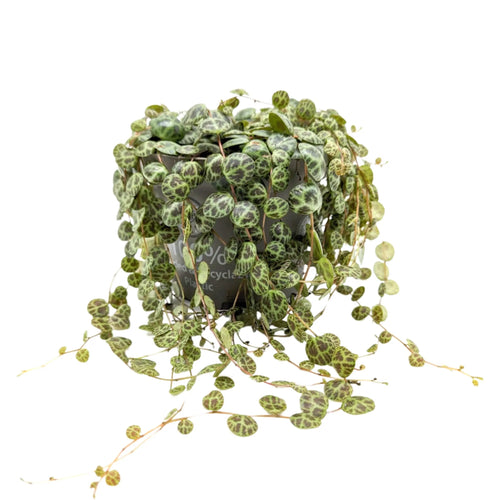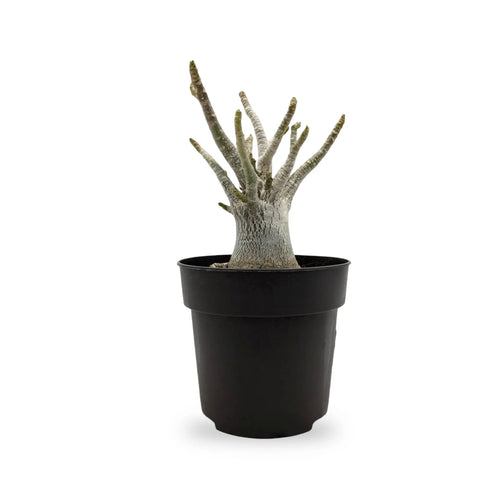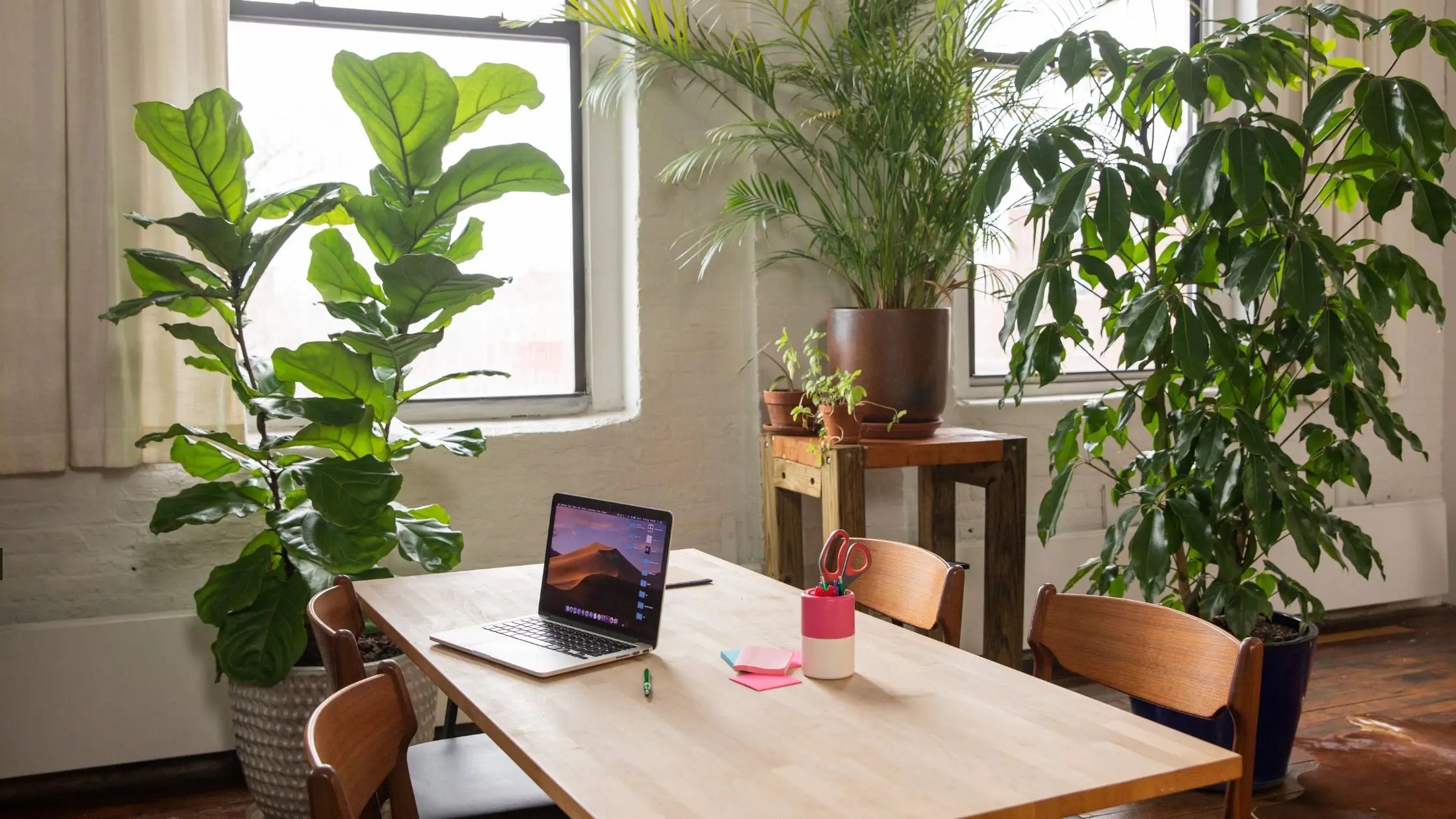Plants in our homes add colour, life, and a little bit of the beauty of nature within. But you need to pay attention to whether you're keeping them healthy, especially when it comes to avoiding and treating root rot.
If this everyday problem is made worse by the UK's damp and frequently chilly weather. And, if not dealt with immediately, your prized plants may be destroyed. Knowing root rot is essential whether you are growing your plants on a windowsill or in an indoor hanging planter. This guide will take you through the reasons step-by-step, ways to prevent, and remedies for maintaining healthy houseplants in the UK.
This guarantees that they will keep lush and healthy despite the difficulties of indoor gardening.
Understanding Root Rot
Root rot is a disease that affects plants whereby the root system becomes damaged due to overwatering or poor drainage. This is mainly caused by fungi found in paths, namely Pythium, Phytophthora, Rhizoctonia, and Fusarium. Parasitic fungi that penetrate root cells and interfere with nutrient and water absorption, these fungi proliferate in poorly-drained, low-oxygen soil. Browning leaves, mushy roots, reduced development, and leaf drop are symptoms. While early diagnosis and appropriate care—such as using well-draining soil and pots with drainage holes—may stop root rot, quick treatment can preserve afflicted plants.
Symptoms of Root Rot
Early diagnosis of root rot can rescue your plants. Consider the following symptoms:
Yellowing Leaves
Withering Leaves Among the earliest indicators are withering or yellowing leaves, which can happen even with adequate irrigation.
Mushy Roots
Healthy roots are white and solid. Decaying roots get mushy, dark, or brown and smell bad.
Stunted Growth
Plants afflicted may grow more slowly or cease to grow at all.
Leaf Drop
As a plant battles to survive, severe root rot can result in leaves falling off.
Prevention Strategies
Treatment of root rot is even more difficult than prevention. These workable methods will help you keep your houseplants healthy:
Choose the Right Soil
It's essential to choose adequately draining soil. Choose a mix made especially for houseplants in the UK. These mixes usually contain sand or perlite to help drainage. Steer clear of damp, thick, tightly packed soils.
Proper Watering Techniques
Overwatering is the leading cause of root decay. Water your plants just when the soil's top inch feels dry. If you hang planters indoors, ensure extra water can run off without clogging.
Pot Selection
Pick containers with drainage holes to let extra water run out. Avoid using decorative outer pots without drainage or use them exclusively in conjunction with an inner pot that does.
Humidity and Airflow
Ensuring sufficient airflow around your plants can help prevent moisture from remaining on the soil surface in the UK's frequently humid environment. To promote airflow, space your plants well.
Regular Checks
Check your plants often for early warning signs of root rot. Check the soil and foliage moisture levels, particularly in the colder months when plants need less water.
Treating Root Rot
You must act quickly if you think your plant may have root rot. Here's how to tend to afflicted plants:
Remove the Plant from Its Pot
Lift the plant out of its pot carefully, then look at its roots. Using sterilised scissors or pruning shears, remove any dark, mushy roots. White and solid are the signs of healthy rooting.
Rinse the Roots
Rinse the roots with warm water to remove any soil and show the degree of the injury. This has also helped remove stubborn fungus spores.
Repot in Fresh Soil
After pruning and washing, repot in new, well-draining soil. Choose a spotless container with enough drainage holes to prevent reintroducing diseases.
Apply Fungicide
To eradicate any last fungus, think about repotting the healthy roots after spraying a fungicide. Select a houseplant-safe product and carefully read the directions.
Adjust Watering Practices
To prevent recurrence, change the way you water after treatment. Between waterings, let the soil dry out somewhat and make sure the plant isn't submerged in standing water.
Caring for Your Houseplants Post-Treatment
It takes the best care to assist your plant recovery after root rot treatment:
Monitor Soil Moisture
Make sure the soil is kept just slightly damp but not soggy. For precision, consider hiring a moisture meter.
Gradual Exposure to Light
Orient the plant toward a bright, indirect light source. The ideal exposure is gradual, as direct sunshine might stress the healing plant.
Nutrient Support
When your plant begins to sprout new growth, feed it with a balanced, water-soluble fertiliser. Avoid over-fertilising, as this can put the plant under more stress.
Regular Inspections
Keep looking for indications of recurring problems in your plant. Fast action can prevent a small issue from getting worse.
Special Considerations for Hanging Planter Indoor Setups
A chic approach to showcase houseplants is with hanging planters indoor, but they need special attention to avoid root rot:
Ensure Adequate Drainage
Verify that drainage holes are in your hanging planter. If not, consider drilling some or placing a drainage-equipped liner pot inside the ornamental planter.
Avoid Watering in Place
Take the hanging planter indoors off its hook before watering. This method allows extra water to drain away entirely and not gather at the bottom.
Frequent Light Adjustments
Often positioned higher, hanging planters are exposed to stronger light. Repositioning is necessary to guarantee indirect light for the plants.
Conclusion
The challenging environment of the UK makes it imperative to prevent and treat root rot in your houseplants. Your indoor garden will thrive if you select the appropriate soil, water it correctly, and ensure enough drainage and circulation. Should root rot happen, your plant can be spared irreversible harm with quick and complete treatment.
Check out Leaf Culture for top-notch houseplants, knowledgeable guidance, and all the necessary supplies to keep a beautiful indoor garden. Our large selection of plants and accessories allows you to choose the ideal additions to your house and obtain the advice you need to maintain them attractive and healthy. We can help you get the best houseplants in the UK. Do you need any help? You can reach out to us right away!










